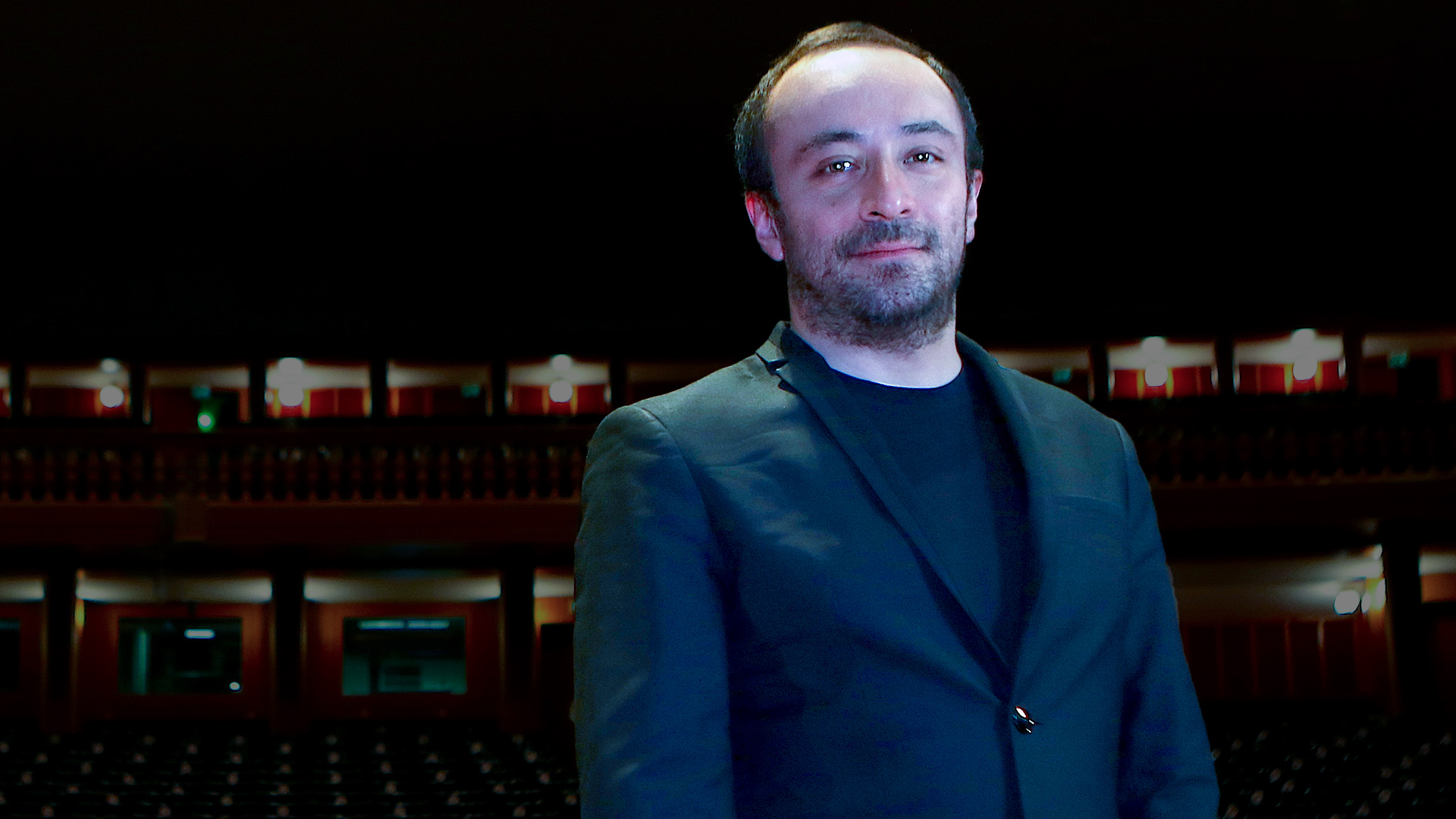LUDWIG VAN BEETHOVEN
Ouverture Coriolano op. 62
RICHARD STRAUSS
Duetto-Concertino for clarinet, bassoon and orchestra
WOLFGANG AMADEUS MOZART
Symphony n. 36 in C major Linz K. 425
Clarinet
Corrado Orlando
Bassoon
Luigi Tedone
Conductor
Riccardo Minasi
Opera Carlo Felice Genova Orchestra
The programme explores the sounds of Central European culture in a journey through some of the many facets that have characterised it over the centuries.
The Coriolanus Overture was composed in 1807, to be performed as an intermezzo during the staging of the Austrian playwright Heinrich Joseph von Collin’s tragedy Coriolanus, although it was not performed in that context, but as a stand-alone concert piece. Although the formal structure is realised independently of the theatrical action, it was the story of Coriolanus that inspired Beethoven to compose the piece. Collin’s tragedy was based on the story of Gnaeus Marcius Coriolanus, recounted in Plutarch’s Parallel Lives, just like the Shakespearian tragedy of the same name. Gnaeus Marcius Coriolanus, a Roman commander, defeated the Volscians of Corioli – hence the nickname Coriolanus – but, deeply offended by a conspiracy against his appointment as consul, he decided to lead the Volscians’ revolt against Rome, stopping only once he reached the city gates, thanks to the pleas of his mother and wife. In Shakespeare’s version, Coriolanus is murdered by the Volscians following the disbandment of the army, while Collin’s tragedy ends with the suicide of the protagonist, who is tormented by a desire for revenge and a sense of guilt. Beethoven’s music shares several aspects with the coeval Symphony No. 5, such as the key of C minor, the dramatic intensity, the fundamental importance of rhythm, the almost constant tension, the sense of contrast. The form that Beethoven adopts, the sonata-form, naturally represents a contrast between themes, which in this case takes on a particular vein of epic heroism.
Strauss’ Duetto-concertino for oboe, bassoon and strings was composed in 1947 for the Orchestra della Radio Svizzera Italiana. Among Strauss’s last compositions, the Duetto-concertino is a light and ironic page, and is divided into three movements – Allegro moderato, Andante and Rondò – in which the two solo instruments converse with each other and with the string orchestra, according to a taste, at least formally, almost eighteenth-century. Strauss enhances the tonal qualities of the two instruments, in particular the clarinet is given a leading role in the first movement, while the bassoon is central in the second; the third movement is the moment of encounter between the two. The piece marks a very delicate moment, both for Strauss and for German culture, with the end of the war, of a regime, and all its complex implications; this is why it is important to emphasise the musical content of his writing, which tends at this time more than ever to sum up, to summarise a set of values that for better or worse have run their course, and must make way for an ‘after’.
The Linz Symphony was born in 1783, during a short stay in the city of the same name. Mozart was travelling between Salzburg and Vienna, stopped in Linz as a guest of a friend, Count Joseph Anton Thun, and composed this symphony in just four days so that it could be performed in the city theatre in a concert organised by Thun and dedicated to him. The ensemble is very rich, and the structure in four movements is characterised by the inclusion of a slow introduction at the beginning of the first movement. The overall colour is very lively and festive, thanks in part to the key of the setting, C major, and the introduction of horns and timpani in the slow movement, usually entrusted to the strings alone. The early 1980s marked a turning point in Mozart’s symphonic writing, which from then on would become increasingly personal and characterised, the Linz being a clear example.
Ludovica Gelpi

